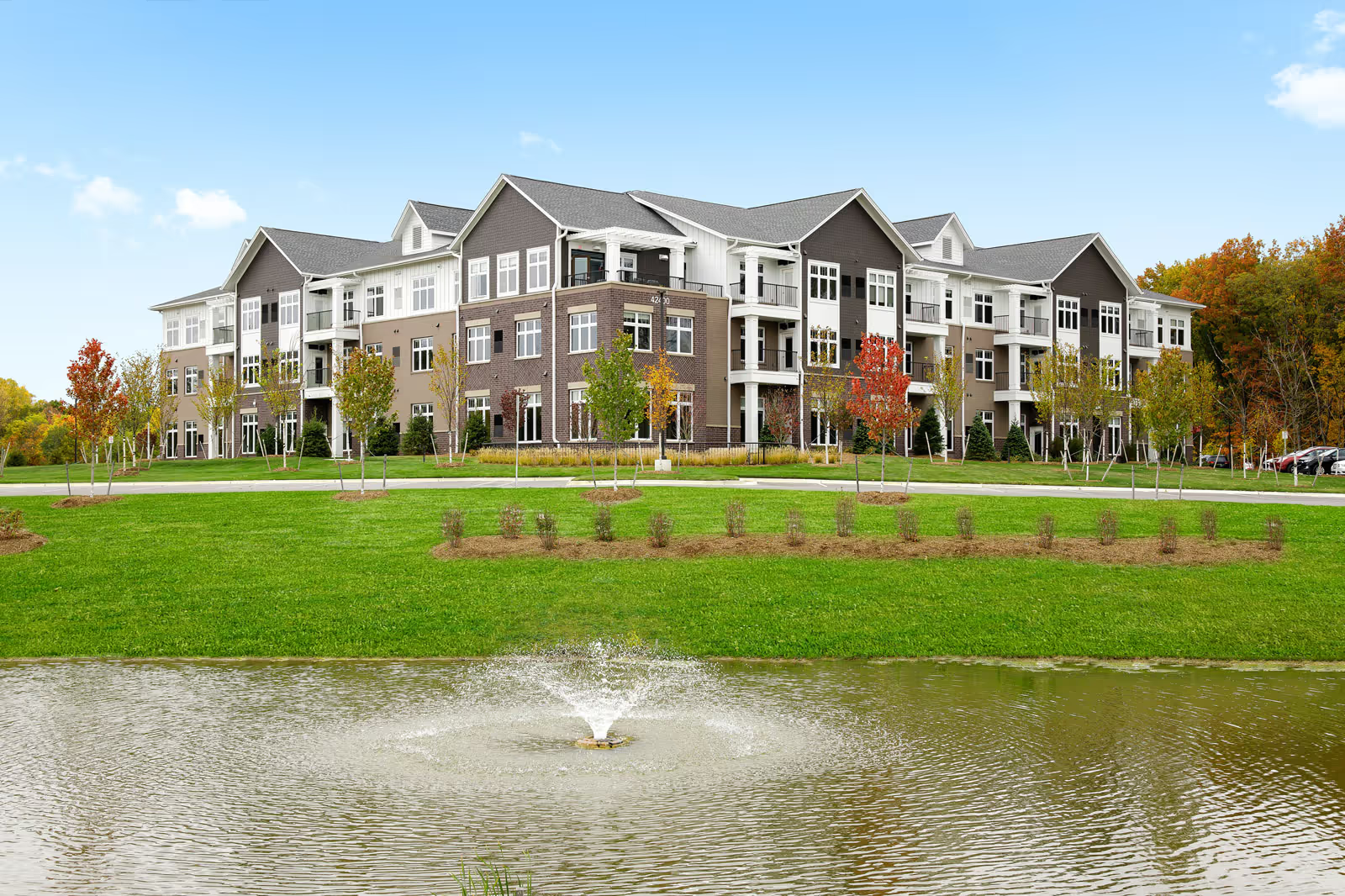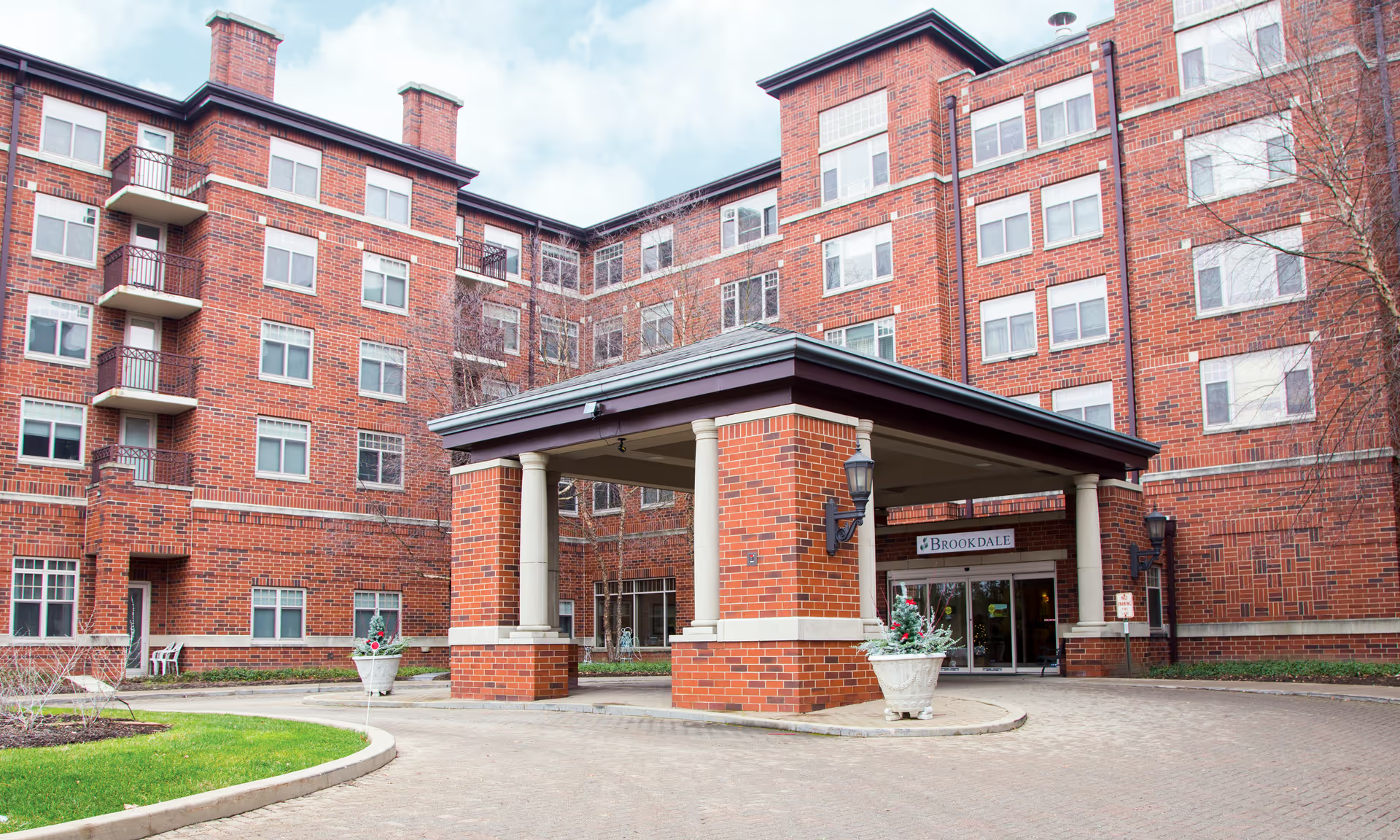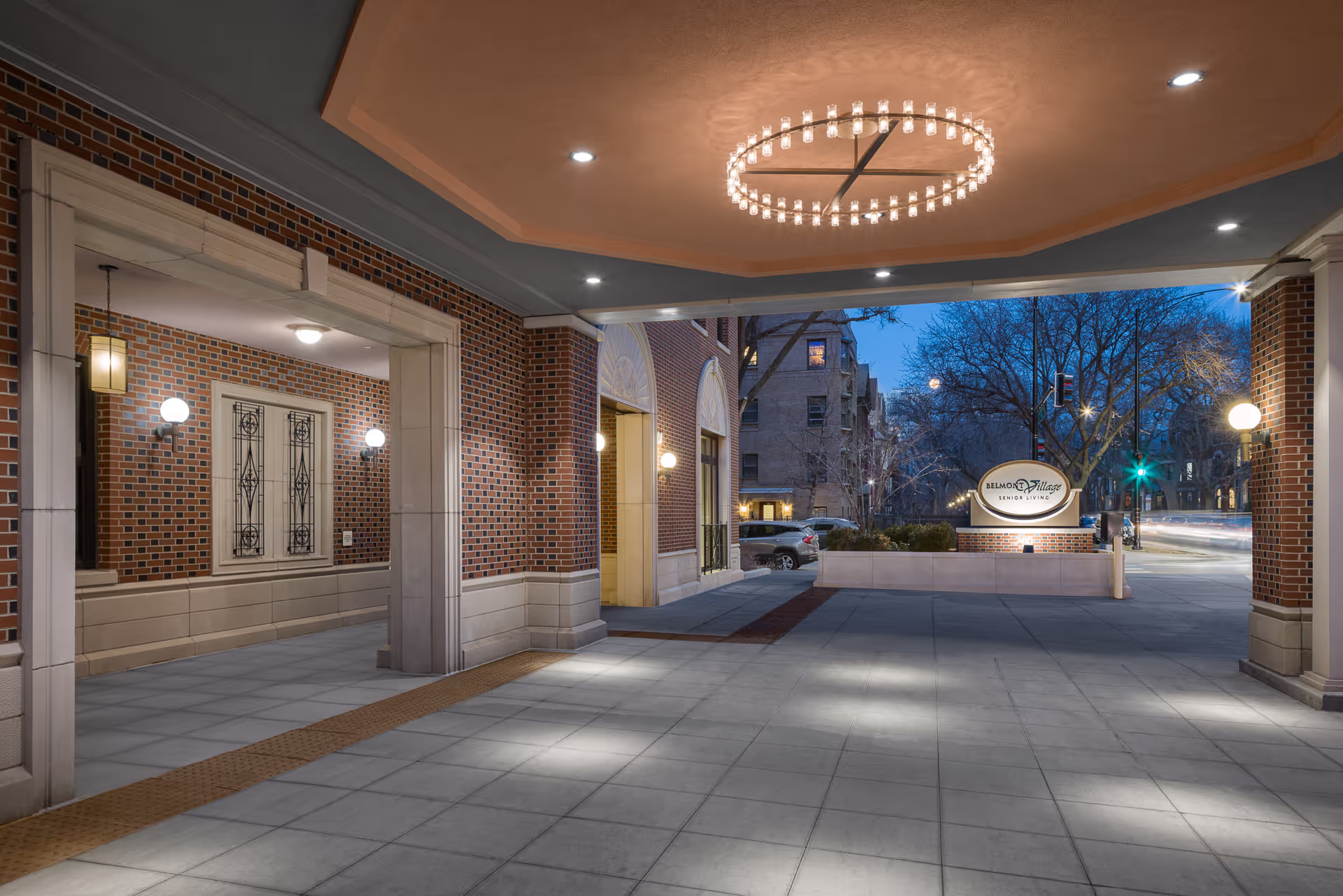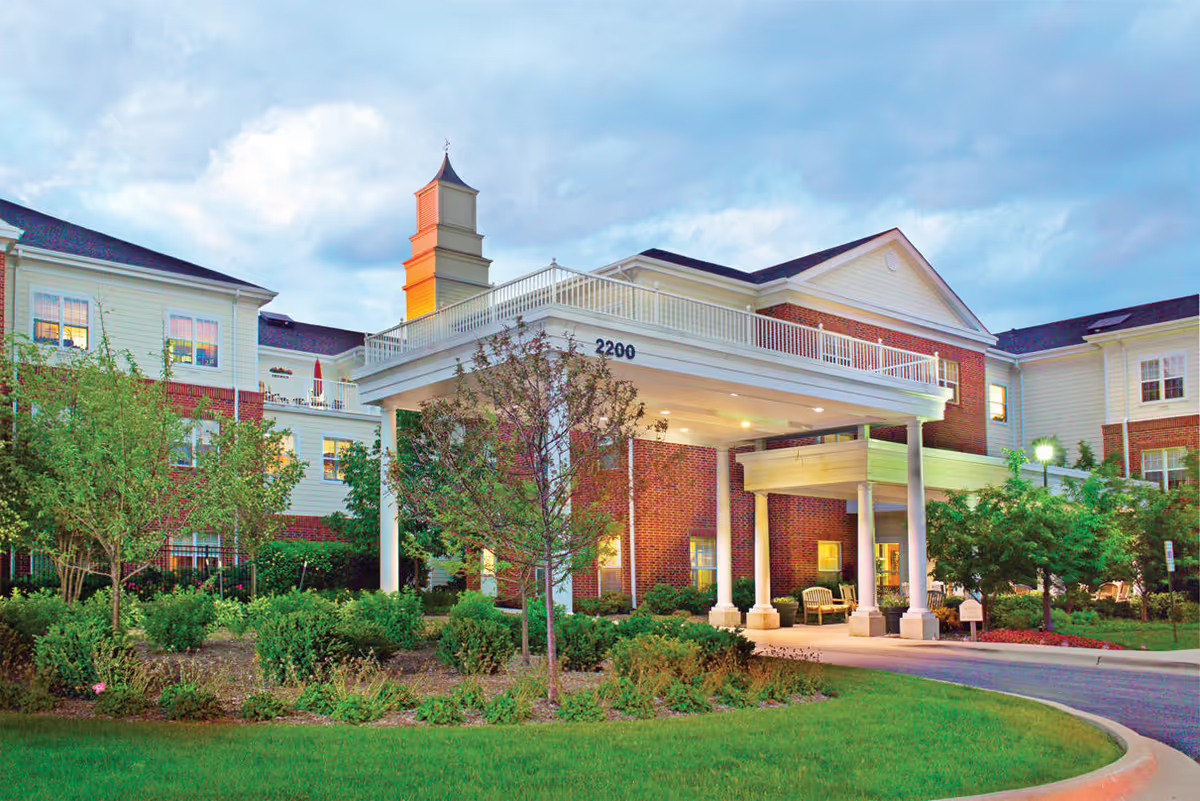Overall sentiment about Carriage Court of Kenwood is mixed but leans positive regarding the human side of care and social life, while showing consistent operational and management concerns. Many reviewers consistently praise the compassion and dedication of caregivers, nurses and certain administrators. The memory care programming, socialization opportunities, and orientation/move-in support receive frequent commendation. Several families report that residents settled in quickly, enjoy activities, and feel at home; community events, religious services, and programs like family dinners and Walk for Alzheimer’s reinforce a strong social culture.
Care quality is described in dual terms: on one hand many reviews highlight empathetic aides and attentive nurses who provide meaningful, individualized dementia care and medical responsiveness. On the other hand, there are recurrent reports of staffing shortages, high turnover, reliance on agency personnel, and uneven coverage—especially evenings and nights. These staffing issues contribute to episodic neglect complaints such as missed baths, inadequate room tidying, neglected laundry, missed meals, and occasional medication handling problems. While some families report timely medication administration and well-managed transitions to hospice or respite care, others describe medications left for family to handle, delayed appointments, and frustrating lapses in coordination.
Safety-related concerns appear in multiple reviews and are significant. There are accounts of falls requiring ER visits, bedsores attributed to documentation or care lapses, and a serious transportation incident involving an unsecured shuttle that resulted in major injury. These incidents highlight inconsistent supervision and coordination during transport and shift changes. While many residents are described as safe and well cared for, prospective families should weigh these safety reports alongside the many positive testimonials about attentive aides and nurses.
Dining and activities are polarizing topics. Several reviewers rave about the kitchen staff, presentation, and variety of meals; others report awful food, missed meals, and dietary restrictions not being followed (including specific issues such as pork served despite restrictions). Activities receive similar split feedback: multiple reviewers praise a robust calendar of topical/seasonal programs, outings, concerts, bingo, painting, and social events, while a minority report few activities, limited puzzles or programming that is not sufficiently engaging for all residents. Memory-care-specific activities and socialization are frequently praised and are a relative strength.
Facility condition and maintenance impressions are mixed. Many visitors and families describe the building as clean, bright, and attractive with lovely common areas and well-kept grounds; others note an aging building with issues like long repair turnaround times (3–4 months), water-damage repairs, broken elevators, and small room sizes. Housekeeping performance is inconsistent: some families appreciate regular housekeeping support, while others report lapses and family members stepping in to do laundry and cleaning. These mixed observations suggest variability in day-to-day operations that may fluctuate with staffing and maintenance resources.
Management, communication and billing present another clear pattern. Some reviewers single out directors and advisers as outstanding, helpful and communicative, providing peace of mind and excellent follow-up. Conversely, several experiences describe poor responsiveness from executive leadership and finance staff, unresolved refund disputes (notably around $2,500), unclear pricing structures, unexpected extra fees, and difficulty resolving billing or placement issues from a distance. The limited number of Medicaid beds and unclear guarantees when funds run out also create anxiety for families relying on that funding pathway.
Common themes and recommendations for prospective families: visit in person (several reviewers noted the in-person feel was better than online impressions), ask specific questions about current staffing levels (including evening/night coverage), request written policies on transportation safety and incident reporting, verify how dietary restrictions are enforced, and obtain clear, itemized documentation of fees and billing/refund processes. Inquire about maintenance response times, the use and oversight of agency staff, how medication administration and documentation are handled, and availability of Medicaid beds if that funding is needed. Finally, ask for references from families in the memory care neighborhood if that level is relevant, since that area is often singled out as a strength.
In summary, Carriage Court of Kenwood is frequently praised for a warm, social environment, compassionate frontline staff, and strong memory-care programming, but it also demonstrates operational inconsistencies—staffing shortages, maintenance delays, communication and billing problems, and isolated but serious safety incidents. Families who prioritize compassionate caregivers and an active social community may find this facility a good fit; families who need rock-solid operational reliability, unambiguous pricing and flawless staffing coverage should probe those areas thoroughly during the tour and prior to move-in.







